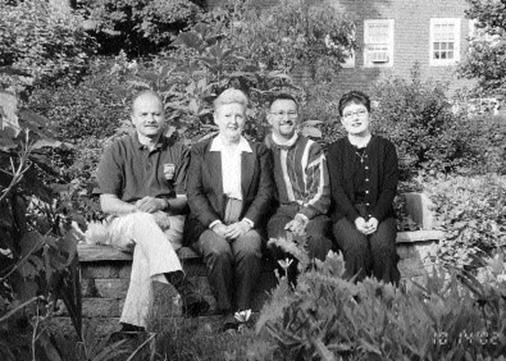

From The Department of Modern Languages: A Bicentennial History 1804-2004
In his history of John Baker's years as president of Ohio University, Paul Fontaine notes that "in the spring of 1959, audio-visual aids were coming into increasing use in such popular courses as journalism, home economics, and fine arts. The future of such aids at Ohio University is not in doubt, although the details of adaptation must await each advance. The technical proficiency is provided . . . and ready to move with the opportunity"(pp. 125-126). In the same year a report to the trustees outlines "the need for a Foreign Language Laboratory . . . and the growing importance of foreign languages in a University education. . . . It was agreed unanimously that $8,000 be appropriated for the construction of a Foreign Language Laboratory."
Even with competition from other projects the trustees agree that the laboratory "should be started as soon as possible." (September 24, 1959, p. 127) The construction of the new lab coincides with the long-awaited renovation of Ellis Hall, which President Baker called a "fire-trap." The first director of the lab is Olivier Chesaux, who leaves the university unexpectedly and is replaced in 1964 by Phil Richardson, aka Chuck, Charlie, Phil, and Mr. R, this latter designation bestowed upon him by the multitude of student lab workers ("labbies") during the 35 years he served as director. Since 1999 the lab (now designated as the "Charles Phillip Richardson Language Resource Center") has been under the direction of Dr. Jörg Waltje, who, among other initiatives, has expanded the number of faculty workshops in the pedagogical application of the internet to language teaching.
From a single reel-to-reel tape recorder set up the in the library by Professor of German Herbert Lederer around 1960, the facilities eventually featured cassette decks and computers in Ellis Hall's four labs. Now housed in the Gordy Hall complex of four audio and computer labs, they offer students and faculty access to the latest technology at 133 stations, plus a 21-position mobile lab for classroom use. As Fontaine recommended, we are striving to adapt to each technological advance and have moved "with the opportunity."
